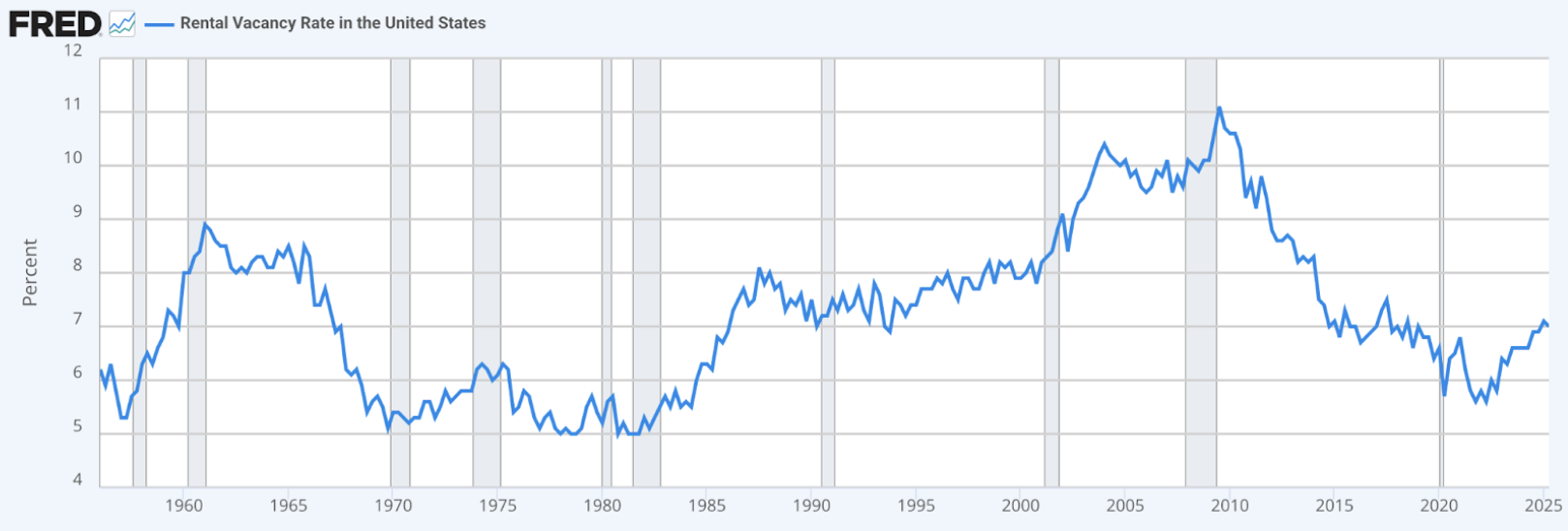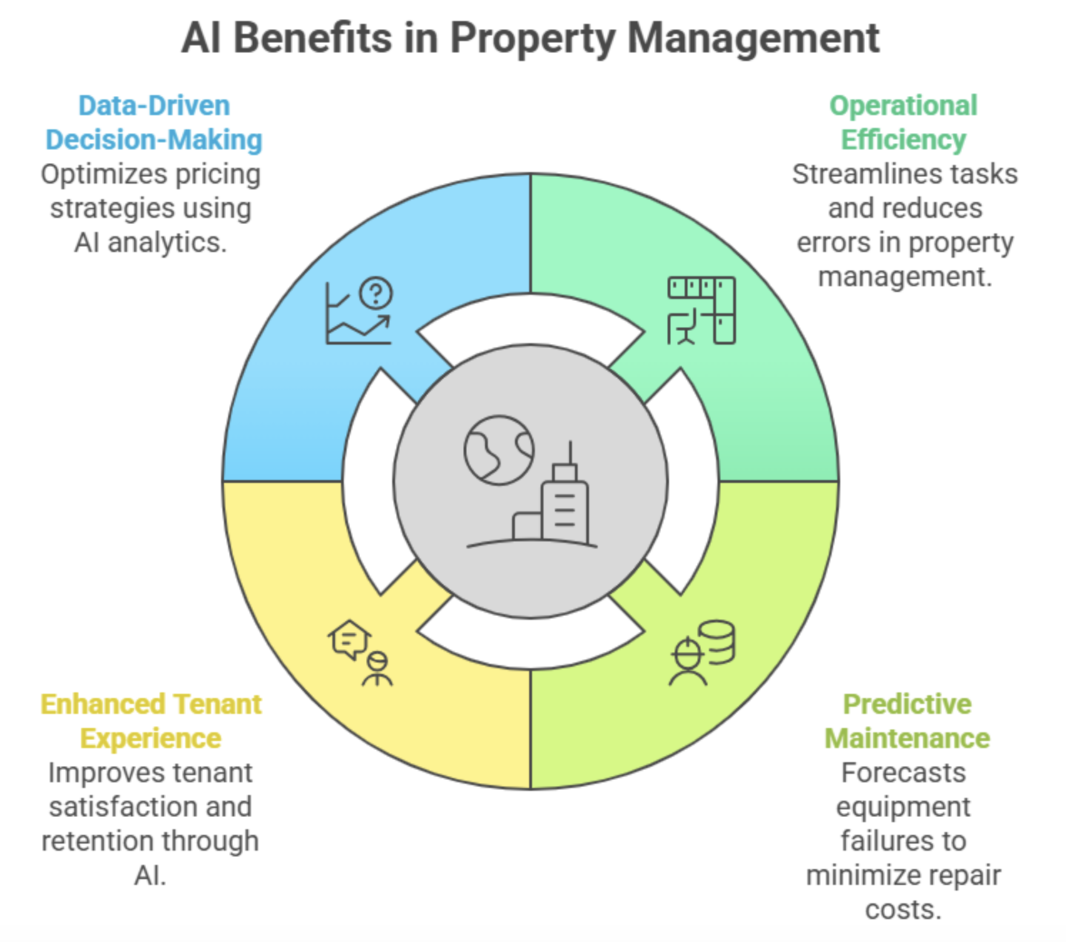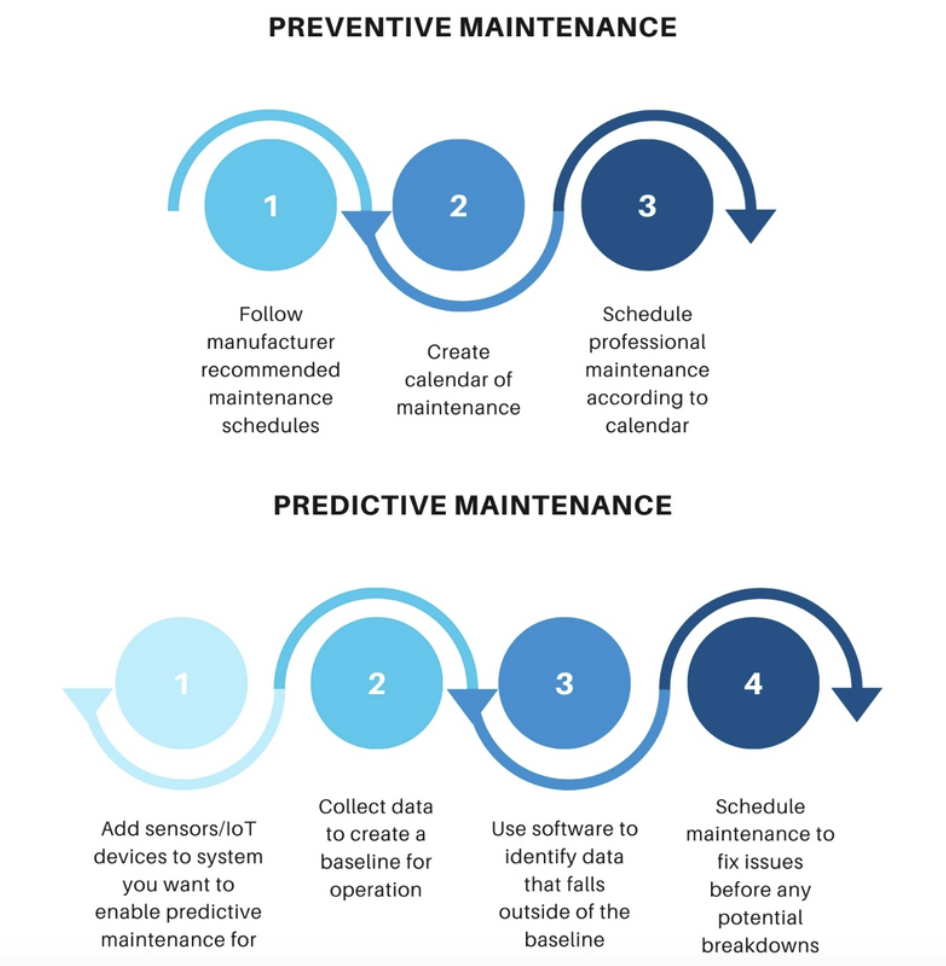
The commercial real estate (CRE) industry is dealing with a lot of change right now. The economy is shifting, tenants want different things, and there's constant pressure to get more value out of properties. In this climate, the old way of making decisions, which was often based on historical reports and gut feelings, is no longer enough. The good news is that AI is expected to create $34 billion in efficiency gains by 2030, and leaders in CRE are taking this seriously.
Predictive analytics offers a better way forward. It uses data, statistical algorithms, and machine learning to make very accurate predictions about what will happen in the future. By looking at information from the past and present, CRE firms can get ahead of market trends, identify potential risks, and make smart, proactive decisions based on solid data. This article will explore how predictive analytics is being used to improve three critical areas of property management: forecasting who will stay or leave, setting the best rental prices, and making maintenance more efficient.
The move toward predictive analytics comes from two forces. First, technology is producing more data than ever, from IoT devices, lease contracts, CRM platforms, and so on, all of which can be captured and analyzed. Second, the market is putting pressure on owners: tenant demand swings, the rise of hybrid work, and the need to cut energy use. A ScienceDirect study notes that buildings account for a sizable share of worldwide energy consumption, so being able to forecast usage can help reduce waste.
Industry leaders see what’s happening and are putting their money into this area. A 2025 outlook from Deloitte showed that 81% of CRE firms named data and technology as a top priority for spending. Other research confirms this, showing that nine out of ten business organizations believe AI is a critical tool for gaining a competitive edge. This widespread investment signals a major change in how the industry is managing its assets.
Lease data, CRM interactions, and even IoT readings from badge swipes and HVAC usage all feed into the model. With random forest algorithms sifting through it all, the platform pinpoints tenants most likely to leave. According to a study on ResearchGate, these predictions are impressively accurate.
This has a significant impact on the business. When property managers have these predictions, they can proactively connect with at-risk tenants, offering them targeted incentives to stay and avoiding the high costs associated with vacant properties.

Source: Federal Reserve Bank of St. Louis
The same study found that using predictive retention strategies raised the average tenant retention rate from 72% to 87% and slashed the unexpected turnover rate from 28% to just 13%.
Predictive analytics changes the game by turning a static, comparison based approach into a fluid, data informed one. The system looks at past lease terms, current market trends, local economic data, and even foot traffic counts to build pricing models.
By applying machine learning models, particularly regression and gradient-boosting algorithms, future rental income can be projected from a variety of inputs.
This empowers property managers to set competitive rates for both new contracts and renewals, while also experimenting with alternative pricing strategies or macroeconomic changes through detailed “what-if” analysis.
The approach delivers greater operational agility, stronger asset performance, and steadier revenue forecasts for stakeholders.
 Source: Booking Ninjas
Source: Booking Ninjas

Source: ProptechOS
Traditionally, property maintenance has been either reactive (fixing things after they break) or based on a fixed schedule. Predictive analytics lets owners move to predictive maintenance, fixing things just before they fail.
This works by pulling data from IoT sensors installed in key systems such as HVAC units, elevators, and electrical panels. The sensors record vibration, temperature, power usage, and other signals. Real time anomaly detection algorithms spot tiny shifts that hint at a coming problem.
The advantages fall into three groups:
Before a firm can apply advanced analytics, it needs a solid digital base. Kanda’s work with their client, a fast growing Northeast real estate player, shows why. Their legacy systems were a mishmash of separate tools for handling warehouse leases. The result was a lot of manual work and no single view of the business, which hampered growth.
Kanda and the client built a cloud based platform often described as “Airbnb for warehouses.” The system links property owners with renters, automates searches, routes lease documents through DocuSign, and processes payments via Stripe. Built on .NET Core and Microsoft Azure, it scales as the business expands. They are preparing for a future of predictive analytics by laying the foundation with this data model.
The new platform brought everything together, cut manual steps, and gave the client a data-driven foundation. A unified, data first system is the first step toward unlocking predictive analytics.



We use cookies to enhance your browsing experience, serve personalized ads or content, and analyze our traffic. By clicking "Accept All", you consent to our use of cookies.